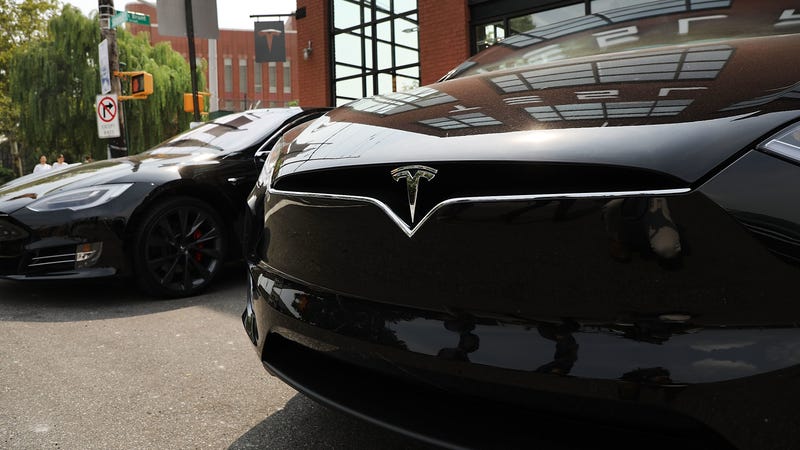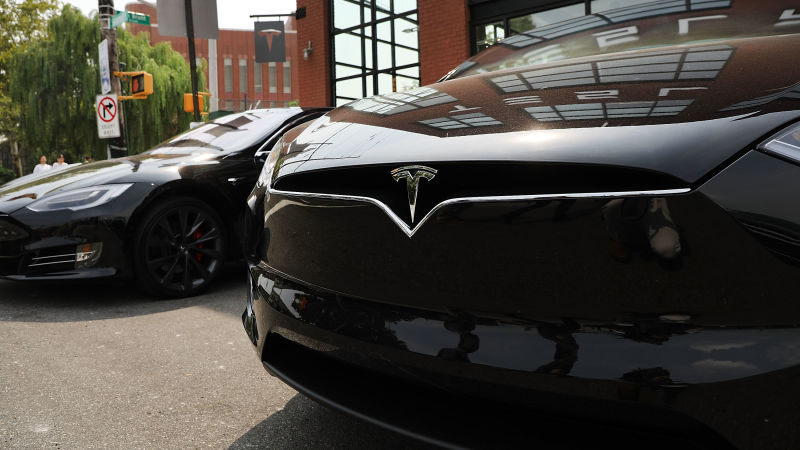
Tesla’s ability to mass-produce the Model 3 sedan has been questioned for months, but the automaker said on Tuesday that production of the all-electric car has been “stabilized.” But while it made more than 52,000 in the third quarter of 2018, the company said it remains stuck in “delivery hell.”
Tesla reported third quarter production results on Tuesday, and said it made 80,142 vehicles in total, including 52,239 Model 3s.
“During Q3, we transitioned Model 3 production from entirely rear wheel drive at the beginning of the quarter to almost entirely dual motor during the last few weeks of the quarter,” Tesla said. “This added significant complexity, but we successfully executed this transition and ultimately produced more dual motor than rear wheel drive cars in Q3.”
Production has reportedly bounced up and down all quarter, but in the last week of September, Tesla produced over 5,300 Model 3s, the company said, “almost all of which were dual motor, meaning that we achieved a production rate of more than 10,000 drive units per week.”
Advertisement
The company also edged slightly higher with Model S and X production, making nearly 27,000 in the third quarter. But it’s still working out kinks in its logistics network, which CEO Elon Musk has alluded to in recent weeks.
While Musk was dealing with the fallout of a SEC investigation, he said the automaker is stuck in “delivery logistics hell.” He claimed that there was a shortage of car haulers to deliver Model 3s to customers—something auto haulers themselves aren’t aware of—so Tesla started building their own. (The company hasn’t elaborated much at all on how many car haulers it’s building, or if they need to be produced to any federal standards for delivery trucks.)
Tesla said Tuesday that it plans to make “further” improvements in the fourth quarter “so that we can scale successfully.”
Advertisement
“As part of this effort, we plan to continue to expand direct deliveries to customers at their home or office, a service we launched in Q3 to improve customer convenience,” the company said.
With that in mind, focus will shift toward the company’s financial results in the third quarter, which Musk has said will begin its shift toward becoming a solidly profitable entity.
The company said in August that a total vehicle output of 7,000 vehicles per week (or about 91,000 per quarter, about 10,000 more than Q3’s total) “should enable” Tesla to become sustainably profitable for the first time in its 15-year history.













